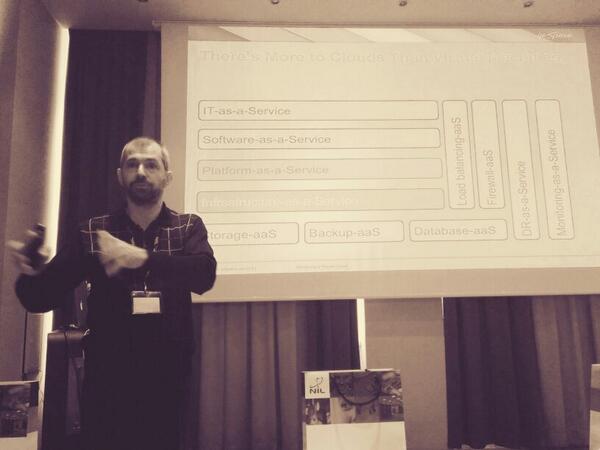How Do I Start My First Overlay Virtual Networking Project?
After the Designing Private Cloud Infrastructure workshop I had in Slovenia last week (in a packed room of ~60 people), someone approached me with a simple question: “I like the idea of using overlay virtual networks in my private cloud, but where do I start?”
Prerequisites
As always, it makes sense to start with the prerequisites ;)
If you’re fortunate enough to run Hyper-V 3.0 R2, you already have all you need – Hyper-V Network Virtualization is included in Hyper-V 3.0, and configurable through the latest version of System Center (I doubt you’d want to write PowerShell scripts to get your first pilot project off the ground).
vSphere users are having a slightly harder time. VXLAN is part of the free version of Nexus 1000V, but you still need Enterprise Plus vSphere license to get distributed virtual switch functionality needed by Nexus 1000V, and you have to configure VXLAN segments through the Nexus 1000V CLI (or write your own NETCONF scripts).
VXLAN configurable through vShield Manager is also included in vCNS (a separate license) starting with release 5.1. vCNS relies on distributed virtual switch and thus requires Enterprise Plus license.
In Linux environments use GRE tunneling available in Open vSwitch. OpenStack’s default Neutron plugin can configure inter-hypervisor tunnels automatically (just don’t push it too far).
Where would you use overlay virtual networks?
The obvious place to start is as far away from production as possible. You could use overlay virtual networks to implement development, staging or testing environments.
Ideally, you’d find a development group (or a developer) willing to play with new concepts, set up development environment for them (including virtual segments and network services), and help them move their project all the way to production, creating staging and testing virtual segments and services on the fly (warning: some programming required; also check out Cloudify).
Related training
- Designing Private Cloud Infrastructure webinar;
- Overlay Virtual Networking webinar;
- Cloud computing and networking webinars roadmap.
Also worth remembering:
- You get access to all webinars with the ipSpace.net subscription (individual, workgroup or academic);
- I’m usually available for short online consulting sessions.


2 comments: